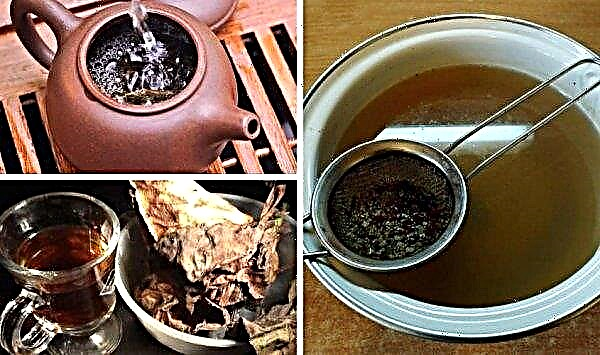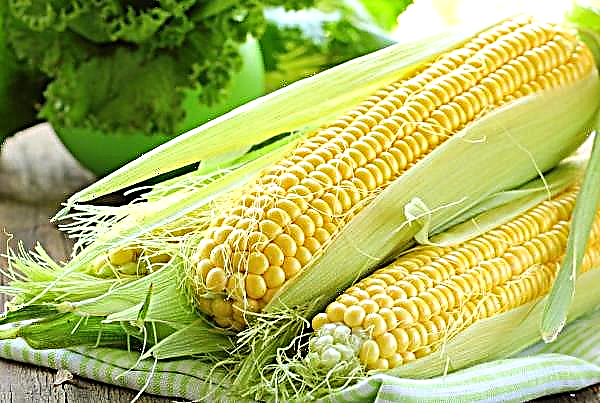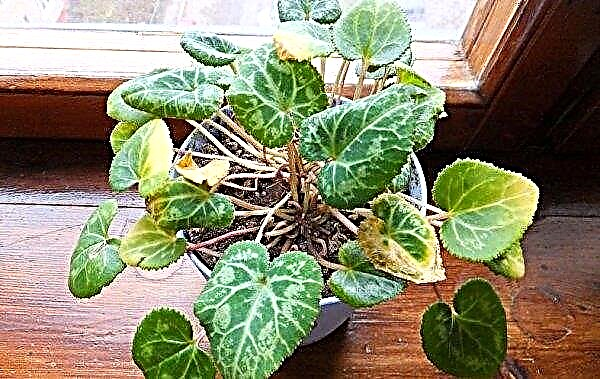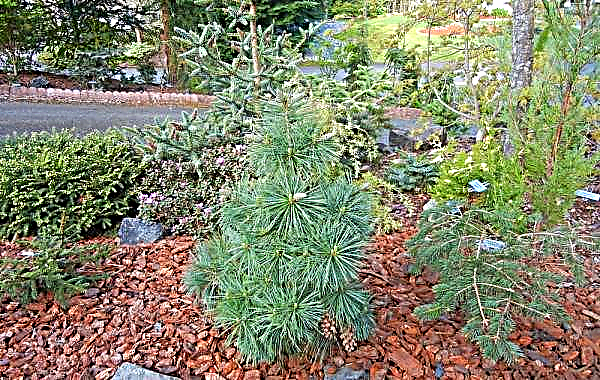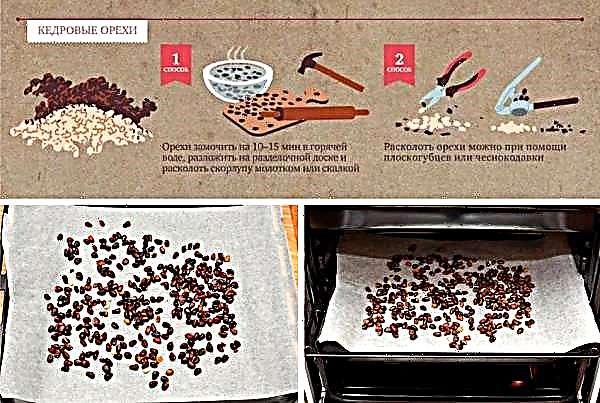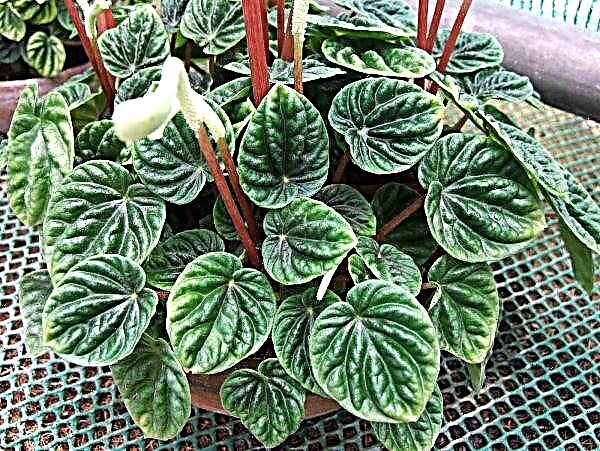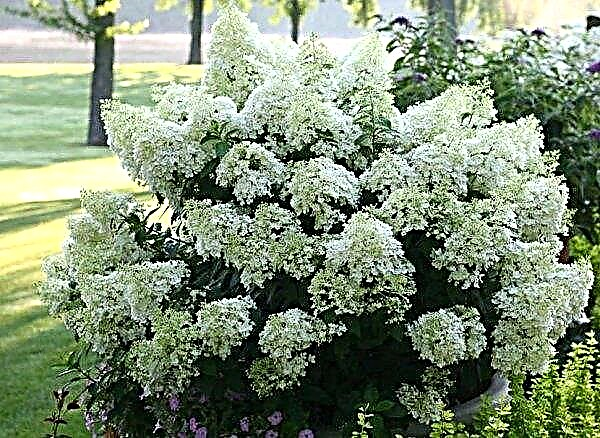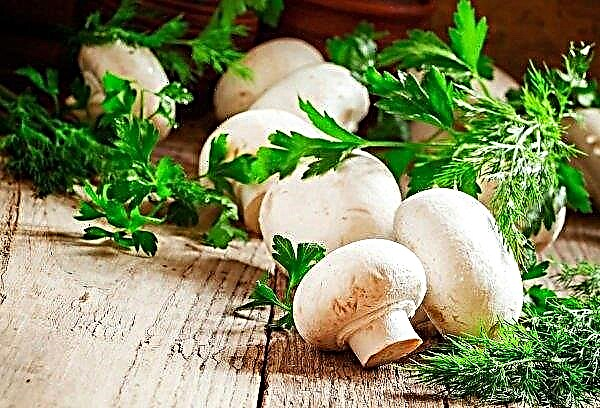Tired of the winter months, many people dream about the end of the cold season and rejoice when they notice the window sill on which a particle of spring has settled. There is a proven way to get such beauty in an apartment - to plant early flowering plants in pots. The article is devoted to how to easily and correctly grow crocuses at home in a pot.
Conditions for growing crocuses at home
Crocuses (crocus) are great for growing on the windowsill, terrace and balcony. This culture belongs to primroses, since it is one of the first to bloom in spring. The substrate for it should be loose, easily warmed up, with a neutral or slightly acid reaction. Bulbs are prone to decay, so they will not grow on heavy, swampy soil without drainage. Planted on sandy soils, they hardly bloom, and the growth of their tubers is small.
The plant has narrow green leaves resembling arrows, their height rarely exceeds 10-12 cm, and flowers with six roundly elongated tender petals. Depending on the variety, the buds have a different color: white, purple, pale lilac, yellow, striped. The height of the fruit arrow can be from 10 to 15 cm.
Interesting varieties:
- “Memory” - has purple-blue flowers;
- “Flower Record” - with dark purple petals;
- “Cream Beauty”, “Grand Yellow” - with yellow buds;
- "Joan of Arc" - has white petals;
- “King Striped” and “Pickwick” - with an unusual striped color.

In order for the plants on the windowsill to develop well, and eventually bloom, they need to provide a suitable temperature, humidity and lighting. It is also very important to choose the right containers for growing crocuses, one of the most important parameters is their depth.
Illumination
The most beautiful flowering can be achieved from crocuses, placing the pots with them in a place well lit by the sun during the day. The leaves are not threatened with thermal burns, since in the spring the radiation of the daylight is not as intense as in the summer.
Did you know? The second name of crocuses — saffron — has Persian roots. For several hundreds of years, a spice has been made from some varieties of this plant in the East, used in cooking and cosmetology.
Temperature and humidity
The next step is to plant crocuses in pots, where it is planned to grow them, or in special wide and small dishes with water. The arrangement is made so that the upper part of the bulb protrudes above ground level. Plants grown in water are placed so that the liquids reach only the roots.
Then the pots are moved to rooms with a temperature of about +10 ... + 12 ° C. At this room temperature, the culture begins to develop and produce long green leaves and fruit arrows. When the shoots reach a length of 8-14 cm, the plant is moved to a room with warm air (about + 20 ° C), where they remain until flowering.
Such conditions are best for the development of most potted plants, especially bulbous species. Of course, minimal deviations will not greatly affect the condition of the flowers, but if the owner wants them to develop correctly, then it is advisable to maintain the correct temperature.
Capacity for landing
In recent years, many glass vessels have appeared for growing bulb flowers in water. These dishes have a shallow depth and the right width. The tubers of plants grown in water should be discarded in the future, because very rarely fruit arrows can be obtained from them again.
Pots can also be made of unfired clay, ceramics, porcelain, earthenware, gypsum, plastic, metal. Their depth should not exceed 7–10 cm, and the width can vary depending on how many plants will be grown in this tank at the same time. Such small containers fill the soil with no more than one third, since only the root bottom of the bulb goes deep into the ground during planting.
Landing and care
The owner constantly makes sure that the roots of the crocuses have continuous access to water, because during intensive development they need a lot of moisture for growth. In order for the plants to bloom longer, at this time it is necessary to lower the temperature in the room, at least at night. In this case, the formation of the buds will last much longer. In summer, the bulbs are transplanted into the soil in the garden or grown in the same containers, caring for them until the end of the growing season.
Important! Potted plants should not be subjected to excessive stress due to sudden changes in temperature. Placing them in places with strong drafts will slow down flowering or hinder it at all.
For proper care, it is best to buy a special room thermometer. It is placed next to home flowers in order to be able to control possible changes in temperature. This is especially important at the beginning of distillation, when non-compliance with the temperature regime affects the timely appearance of green sprouts.
For normal growth, home crocuses need properly moistened air, due to which the transpiration balance is maintained. Excessive dryness of the environment causes a large loss of moisture, which ultimately leads to yellowing of the leaves, withering of the fruit arrow, and, possibly, to the death of the flower.
Important! The owner of the site should remember that crocuses should not be planted on lawns requiring low mowing. Along with grass, flower leaves will also be cut, which will reduce the surface of the plant and stop the growth of underground tubers.
In winter and early spring, the air in the apartment usually requires humidification, since the heating season contributes to its dryness. This has a bad effect on developing or flowering crocuses, since the humidity level changes dramatically, for example, it suddenly drops from 80% to 40%, which causes shock in plants.
To prevent this, owners are advised to install a special device for humidification in the room. But it is quite expensive and can cause an allergic reaction in people, so the best solution would be to simply put a pot of crocuses growing in the soil on wet gravel, which will provide them with the right amount of water. You can also humidify the air by spraying moisture around the room from a hand-held spray gun several times a day.
These flowers are best planted in groups of 10–20 plants - then they look most spectacular In open ground, they are ideal for rockeries. .The crop can also be planted on lawns, in the spring they will revive the green grass with bright spots.
Landing time
When creating a spring composition on the windowsill, the grower needs to immediately decide whether he wants to keep these plants for the next seasons. If crocuses are planned to be grown for several years, then you need to provide them with the best conditions for further development, for example, transplanted into a large pot or flowerbed.
Did you know? To obtain 1 kg of saffron, it is necessary to collect dried pollen from 100,000 crocus flowers.
Bulb Processing
Cultivation is quite simple, “children”, formed next to the mother’s bulb, dig every 3-4 years after the leaves dry, at the turn of August and September. They are cleaned of soil and dried at +20 ... + 25 ° C. Store in a dry, ventilated place until the fall, when it comes to disembarkation in a container or flower bed.. Between young plants observe intervals of 5-10 cm.
If the preparation and storage of planting material is carried out correctly, crocuses will bloom next spring, but with one condition - the plants must be absolutely healthy. A bulb with rot or stains, as well as taken from specimens having an ugly aerial shape, is not suitable for this.
Bedding
The culture is frost-resistant and hibernates without problems under a layer of soil. It is not necessary to dig out flowers immediately after the end of the season; you can do this every three or four years. This is a prerequisite for success, because if you do not plant, the number of underground tubers will increase annually, and their size will decrease, as a result of which the buds will be small and ugly. Over time, the thickened plant completely ceases to bloom.
Video: How to plant crocuses in a pot
The seedlings of young tubers are produced in September (last week) or in the first half of October. The bulb must be carefully removed from the dense pot in which it grew in the spring. It is important to do this so as not to damage the roots, and then transplant into a large container (with large drainage holes) filled with fertile garden soil. If desired, you can put crocuses for the summer in the open ground of a flower bed.
Important! Bulbs should grow at a distance of several centimeters from each other so that there is room for growth in size during the growing season.
Watering and pruning
In the summer, crocuses growing in open ground or in portable containers must be regularly provided with moisture. Watering is carried out 2-3 times a week, in small doses, so that the ground in the basal layer is always slightly moist. When the aboveground part begins to dry out, this serves as a signal for the gradual cessation of water supply.
The fruit arrow and leaves are recommended to be trimmed after they have dried. The procedure is carried out using a sharp garden secateurs. After harvesting the withered aerial parts, all the nutrients begin to flow into the bulb, contributing to weight gain and maturation, as well as laying flower buds for the next season.
Top dressing
A week after the transplant, you need to start feeding the plants using diluted complex fertilizers and combining with watering. In the summer, crocuses fertilize for 2-3 months. Only after the appearance of the first signs of aging does the time come to stop feeding. As a top dressing, it is advisable to purchase ready-made mineral fertilizers with a high content of potassium - This will ensure abundant flowering of culture next year.
What difficulties during cultivation may arise
One of the main problems in growing crocuses is that the plant refuses to throw arrows with buds. To achieve good flowering, the culture must provide the correct storage conditions and a suitable temperature.
The main condition for obtaining productive bulbs is their cooling and compliance with the rest period. To do this, they must spend at least 9-10 weeks at a temperature below + 5 ° C. The easiest way is to plant crocuses in autumn in pots or small decorative containers, and then send them for storage to a room where the recommended coolness is observed. At the end of winter, they are brought into the living room, where the arrows will begin to sprout.Did you know? According to ancient Greek legend, in the place where Crocus died, a friend of the god Hermes, a beautiful flower blossomed, later named after the deceased.

Another way to cool the planting material of bulb crops is to store them in the refrigerator. This method is especially recommended for people living in apartment buildings in urban areas. Properly prepared tubers can also be purchased in winter at garden stores. The brightly blossomed crocus buds indicate that the winter is over and the spring season is confidently approaching. Undoubtedly, this beautiful early culture is worth the care and care of gardeners.

